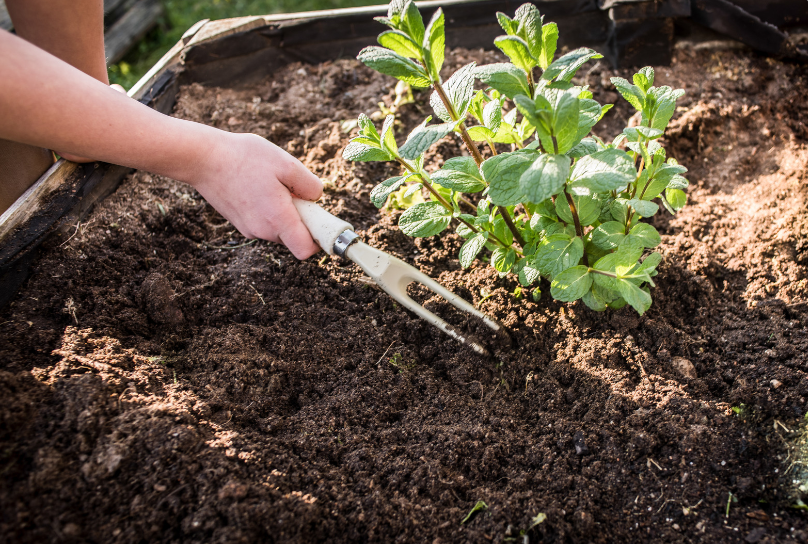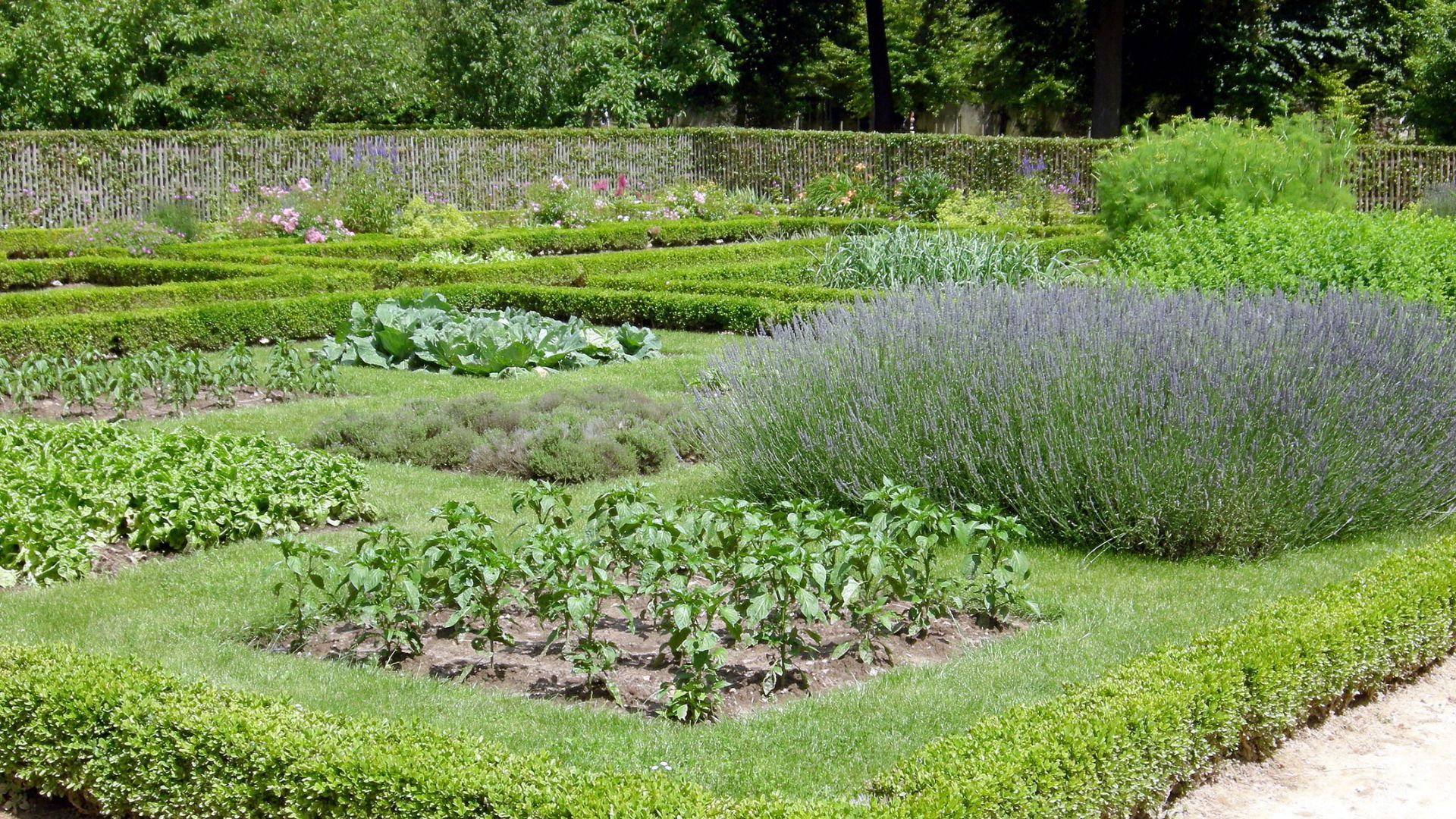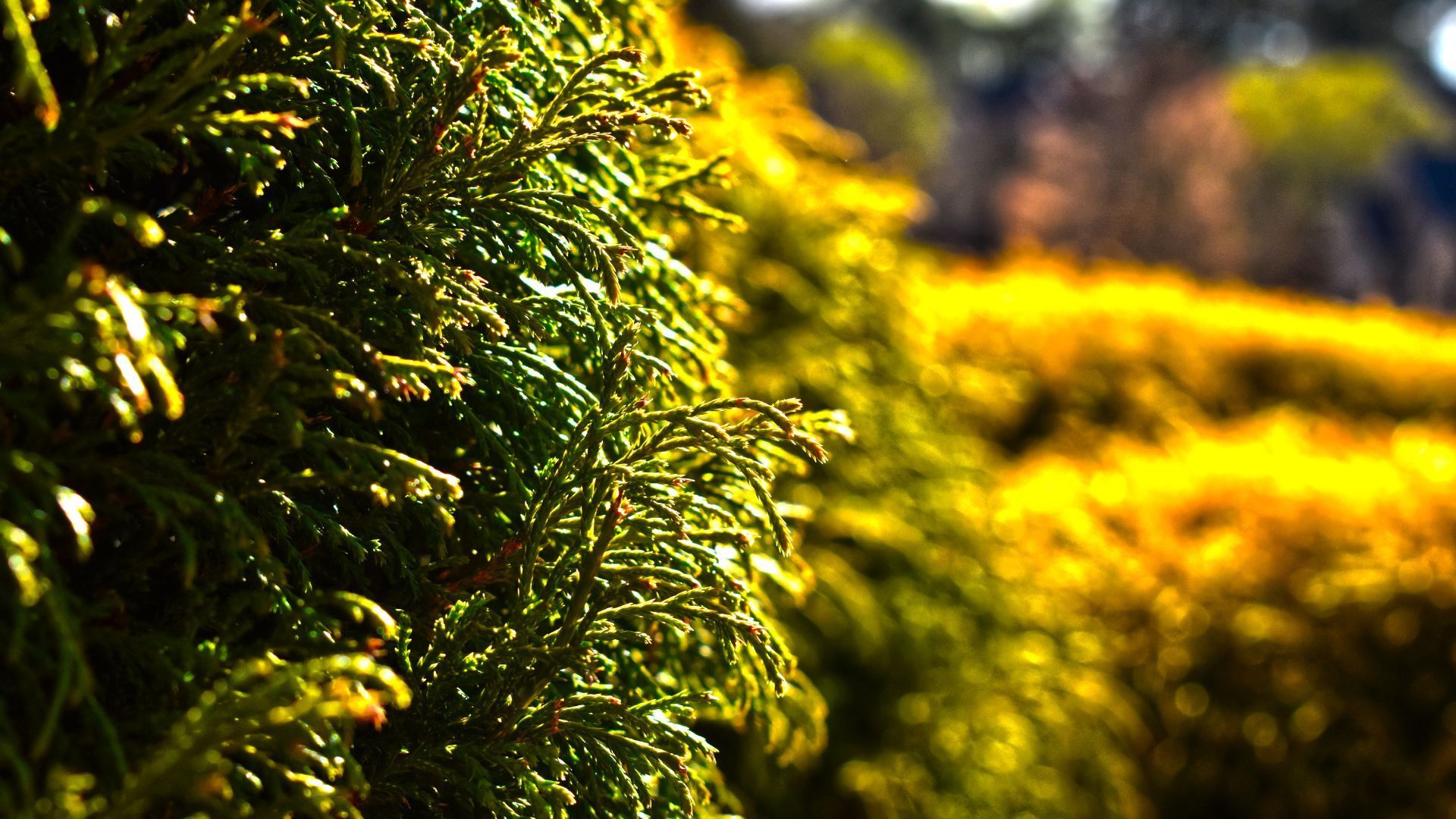How often should you water your new landscaping?
How Often To Water Your New Landscaping?
The frequency with which you should water a plant is typically determined by several factors, including the length of time the plant has spent in the soil, the type of soil in which it was planted, the season, the variety of plant, and the quantity of rainfall that has been falling in the area.
Water is essential to the survival of everything that breathes in your outdoor space. For this reason, it is essential to water plants appropriately, whether watering planters by hand or using a sprinkler system to get a lush, green lawn.
Tips for Watering Your New Landscaping
Weekly check of all the plants
In the first two weeks after being planted, check on the newly-placed trees and bushes every few days. Checking on annuals and perennials more frequently is recommended. After those initial two weeks, check in every seven to ten days. Dig with your fingertips around the root zone to a depth of 2–3 inches for smaller plants and 6–8 inches for larger plants and trees; water abundantly if the soil seems dry.
Deep and slow watering
Deeper watering is another helpful suggestion for ensuring that your young plants get enough moisture. The roots of your plants will benefit more from a deep watering of the soil than a surface watering that is only a few inches deep. Put the hose at the bottom of the plant and turn it on, so it barely drips. If you are unsure how long to water young plants, aim for 30–60 seconds for tiny plants and longer periods for larger plants while rotating the hose to a few different spots around the plant.
If the earth already feels moist, don't water it. In between watering, the soil needs to dry out. Over time, a plant's health will decline if kept in permanently wet soil. Overwatering can cause a plant to rot from lack of oxygen or fall prey to pests and diseases. Lawn irrigation systems allow you to water plants slowly and thoroughly at their roots.
Watering adjustments as the plant grows
The way you water your landscape may need to change as it gets older and more established:
Except during periods of rain, plants need to be watered every day for the first two weeks after planting. After a month, you can cut back to watering once or twice a week. Try to water your plants less frequently in the months that follow. To get the most out of your watering sessions, you should saturate the soil rather than just the top few inches. Plants and trees that have already been established require the same care as newly planted ones, as they must also wait for their roots to get established before they may flourish. These extensive networks can keep the trees alive through the summer's dry spells.
Early morning watering
Early morning is typically best when you're watering a brand new plant or an established one. If you water your plants' first thing in the morning, they have a better chance of using every drop.
If you are setting up new landscaping, watering is highly important. Consult Landscaping Mississauga Terravida for more information on your landscaping watering.
You might also like




